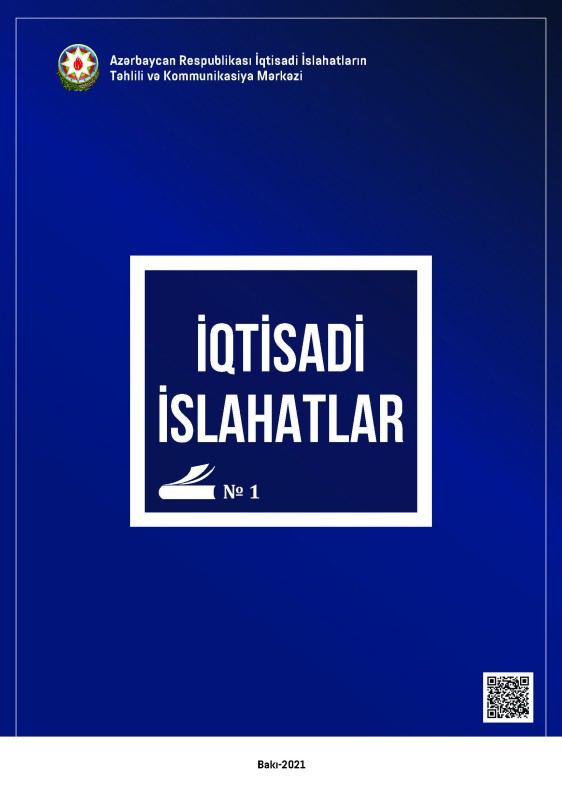THE ROLE OF MONITORING AND EVALUATION IN IMPROVEMENT OF PUBLIC ADMINISTRATION
Summary
Monitoring and evaluation institutes measure the quantity and quality of the services provided by the state and the socio-economic policy followed and determine the extent to which the targets have been achieved. These institutions are also one of the main tools that make it easier to understand the reasons for good and bad performance. In the first stage, the program in the implementation process is reconsidered and we can see when deviations are identified. After that, policy is developed and planning is made for the implementation of the program. Budget planning is based on improved policies. The measures envisaged in the program are implemented and managed. Performance monitoring and cost reporting continue in the previous stage. In the last phase of the cycle, an assessment is made based on the information obtained during monitoring. After the completion of these processes, the policy will be reviewed and efforts will be made to improve it. This process is carried out until the program is fully implemented and the continuity of the program is ensured. The Center for Analysis of Economic Reforms and Communication contributes to the digitalization of public administration with an electronic monitoring portal that implements the latest innovative and digital solutions in the Monitoring and Evaluation process.
